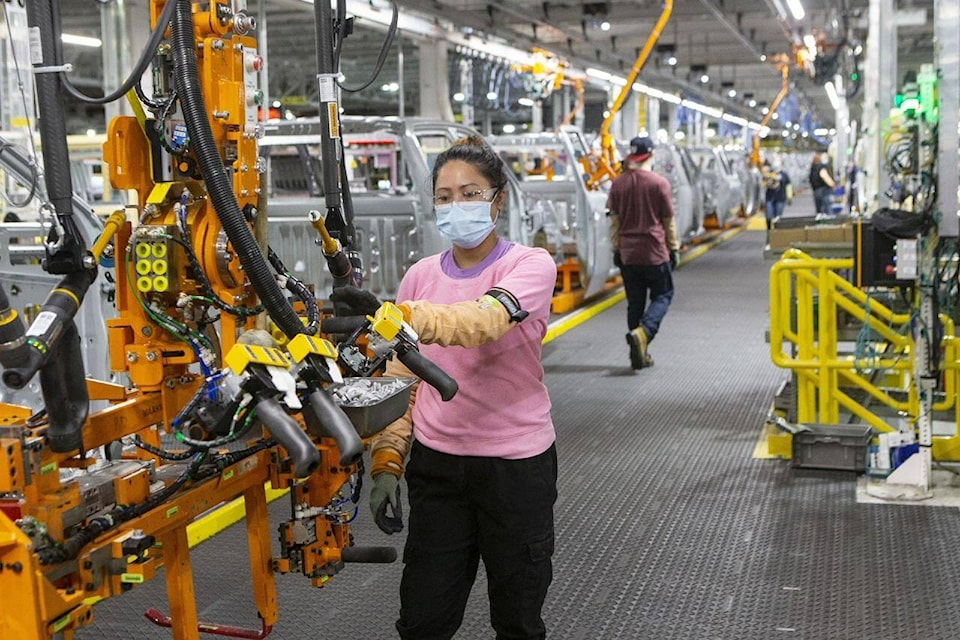A global energy transition that will disrupt some of Canada’s major industries has already begun, according to a new report that says the country also risks not getting its foot in the door of emerging and changing industries.
The Pacific Institute for Climate Solutions (PICS), hosted at and led by the University of Victoria, was part of the partnership that crafted the report – Canada’s Future in a Net-Zero World. The Smart Prosperity Institute and Transition Accelerator were also contributors to the report, which was informed by experts in climate solutions and market analysis.
While the partnership said Canada has taken significant strides to prepare for a low-carbon global economy, it found the country is falling behind its major trading partners in readying the economy for rapidly forming supply chains. The report points to how European governments have already advanced initiatives on hydrogen, batteries, buildings, agriculture, public transportation and the circular economy.
It also notes that Canada could become less competitive on the global stage in sectors that it’s currently good at if action isn’t taken. For example, Australia is highlighted because it’s already taking action on an investment roadmap for the same carbon-neutral industries where Canada has said it wants to be a market leader.
Government investment in clean industries has, so far, focused too heavily on one-off grants for individual companies, the report found. It recommends a shift to “innovation clusters,” where stakeholder and industry groups would work together and align their sustainable investment and policy goals.
READ: Victoria sees local benefits from federal 2030 emissions reduction plan
The report identified seven priority clean growth opportunities for Canada, including: manufacturing larger zero-emission vehicles, greener chemistry (biofuels, plastics, fertilizers), green and blue hydrogen, carbon capture, alternative proteins, mass timber and net-zero aluminum refining.
The report notes that these avenues should in no way be considered a finalized list. Instead, the seven opportunity areas were identified because they build off the strengths of major pillars of Canada’s current economy. Those pillars include the automotive, aerospace, oil and gas, mining, forestry, steel, agriculture and chemicals sectors.
Canada’s proximity to the United States, existing auto manufacturing and largely clean electrical grid mean the country can be a leader in producing medium to heavy-duty electric vehicles, the PICS partnership found. But it added the market is expected to grow quickly, so there’s a narrow window for Canada to insert itself into the nascent supply chains.
Overall, the report calls on Canada to ditch its fragmented approach to the industrial transition and present a more coordinated strategy to reach economic prosperity in the 2050 marketplace.
READ: Oil and gas sector emissions need to be cut two-fifths by 2030, new climate plan says
jake.romphf@blackpress.ca. Follow us on Instagram. Like us on Facebook and follow us on Twitter.
